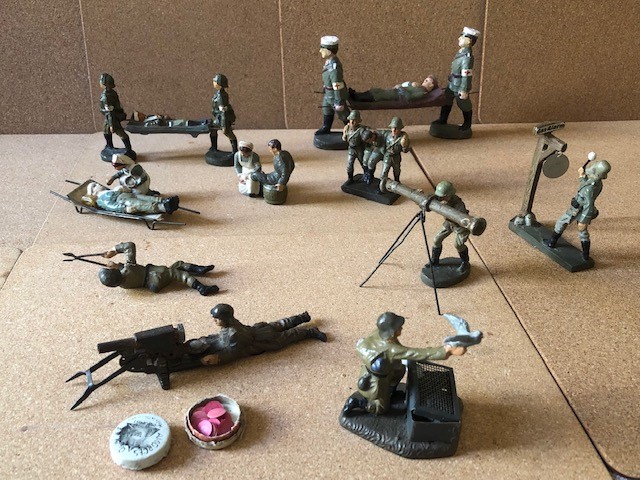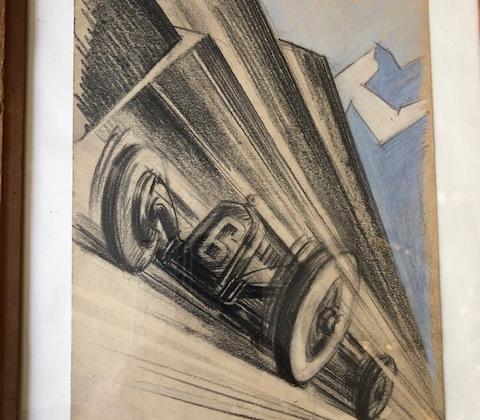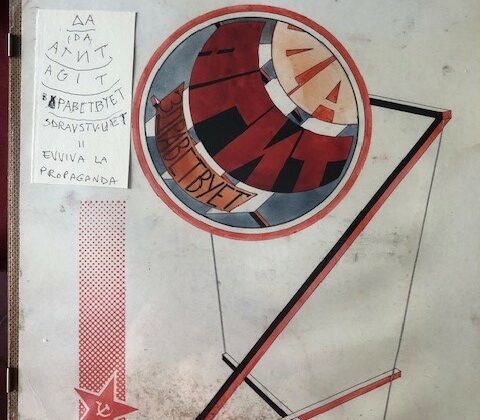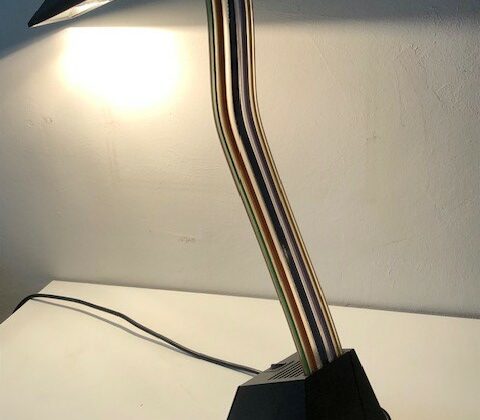Lineol Elastolin Troups
Prof. Francesco Carelli
Lineol – Elastolin is a trademark used by the German company O&M Hausser (O&M Haußer) for the toy soldiers and other types of figures, manufactured from composite material, consisting of sawdust, casein, glue and kaolin with iron wire frames. The mass was placed in tin moulds, these were then joined and pressed under the influence of heat. Finally, the figures were painted. So it was for the old ones; later they were of plastic.
The production of all figures was interrupted when the German economy was put on a “total war” footing in 1943. Limited production of composition figures resumed several years after the end of World War II in 1945. Hausser continued to use the brand name Elastolin when it began production of figures in a hard polystyrene plastic in 1955.
Lineol – Elastolin composition figures were manufactured in 40mm (also known as 4-cm), 65mm (6.5-cm), 70mm (7-cm), and 105mm (10.5 cm) scales. The Elastolin catalogs of the 1930s describe the 7-cm figures as being “normal size” (normalgrosse) and the 4-cm figures as Miniatur-Soldaten.
The Heer, all wearing the correct World War II German uniform, was represented by combat troops included Infanterie (series 500/- and 600/-) (riflemen, grenade throwers and machine gun teams), Kavallerie (series 400/-), Artillerie [series 664/-) , Nachrichtentruppe (“communications troops”) [series 659/-] which included World War I-vintage message dog- and carrier-pigeon-wranglers, Pioniere (“combat engineer and construction troops”) [series 662/-] and Krad-Schutzen (“motorcycle troops”). Poison gas had been used by both sides on the Western Front during World War I, and so there was a Gasalarmschlager (“gas alarm striker”) [584] and several Infanterie figures wearing gas masks. The Verwundete und Sanitatspersonal (series 656) included doctors and nurses to treat the assortment of wounded soldiers that the medic figures brought back from the battlefield.
Lagerleben (“camp life”) [series 550/-] was represented by soldiers washing, cleaning, eating, reclining and their tents. There was also figure 550/36/50, a unit clerk who came ready to work with his own table, bench and typewriter.
The Kriegsmarine was represented by a “personality” figure of Großadmiral Erich Raeder saluting, marching officers carrying swords, sailors carrying rifles, marching fanfare trumpeters (Fanfarenblaser) and flag-carriers (Fahnentrager) and a short set of combat figures. There are also marching sailors wearing white shirts and blue trousers. The set of Kriegsmarine combat figures includes standing, kneeling and prone riflemen, a charging rifleman, a charging officer, a rifleman swinging his rifle like a club, and a grenade thrower. All Elastolin Kriegsmarine figures of the Nazi era (1933–1945) are cataloged in series 14/– (The catalog number for a marching Kriegsmarine Trommler [snare drummer] was 14/47/1, with 14 indicating the branch of service; the second number, 47, indicated that the figure was a marching musician, and the final number, 1, indicated that the musician was a Trommler).
The Luftwaffe also had combat troops. There were 28/664 series Flak-Artillerie crews and 28/590 Flak-Krad-Schutzen figures. These figures were the same as their Heer counterparts but with the distinctive blue-gray uniform of the Luftwaffe.
The paramilitary units included the SA (Sturm Abteilung), the SS, the LSSAH (Leibstandarte Adolf Hitler = Hitler’s elite SS bodyguard unit), the RAD (Reichsarbeitsdienst = German Labor Service), NSDAP (the Nazi party), Hitler Youth (Hitler Jugend), and several others.
The SA had been the largest and most visible of the Nazi paramilitary organizations in the 1920s and on into the 1930s, and so it is not surprising that Elastolin made many types of SA figures.
The “personality figures” include Hitler, von Hindenburg, Ludendorff, Göring, Hess, Goebbels, von Schirach. There are also two personality figures of Mussolini and one of Franco. A personality figure of SA leader Ernst Röhm was dropped from the line after he was executed during the so-called “Night of the Long Knives” (a purge of the socialist wing of the Nazi party) in 1934.
Hitler was represented by several uniformed figures; one was a walking figure of Hitler reviewing troops or perhaps a Nazi unit with his right arm up in his unique bent-arm salute. There was also a seated Hitler to ride in one of Elastolin’s magnificent staff cars (German children knew the Führer always sat up front next to the driver and never in the back seat).
Many of the tin plate artillery pieces not only fired caps but projectiles as well.





